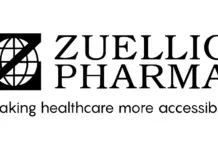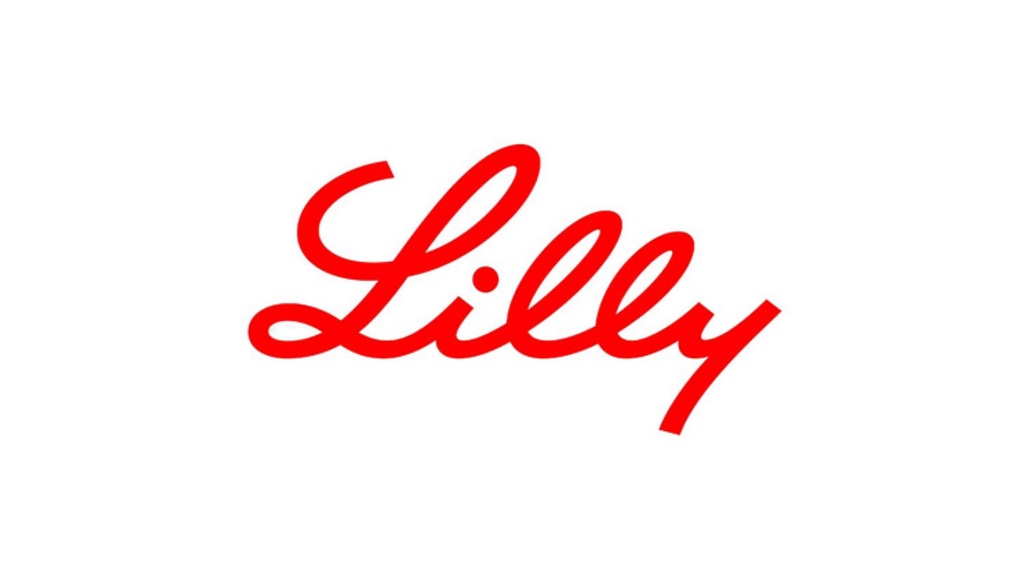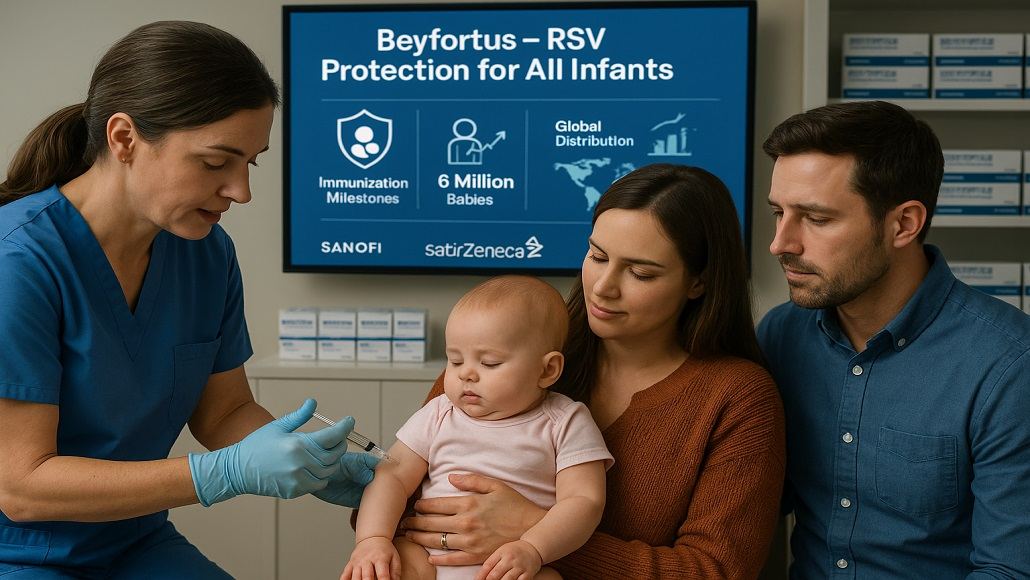In a recent development, Sanofi is shipping Beyfortus – nirsevimab starting early Q3 of 2025 in order to ensure a very broad availability. Well ahead of the 2025-26 respiratory syncytial virus (RSV) season, which essentially starts in November and runs through March. It is well to be noted that the immunizations go on to begin in early fall, and these advanced shipments offer confidence for healthcare providers to support their endeavors. Demand has continued to rise since the launch of Beyfortus, for it is the only option that can offer RSV protection that is crafted for all infants with quite a proven and high sustained efficacy by way of a typical RSV season and an unprecedented body of real-world evidence.
In collaboration with its partner AstraZeneca, Sanofi has tripled the production capacity and even doubled the number of manufacturing sites since the launch of Beyfortus, which happened a couple of years back in 2023. The present supply for the upcoming season already matches the overall doses that were distributed in 2024, and the production still continues. In the last season across the US, there were enough doses that were produced in order to cover every infant, which is indeed a benchmark that happens to reflect both AstraZeneca’s and Sanofi’s worldwide commitment to making sure that there is timely access for all infants.
According to the executive vice president of vaccines at Sanofi, Thomas Triomphe, “Our third year of providing RSV protection marks a transformative era in infant health. Backed by more than 40 real-world studies involving 250,000 immunized infants, Beyfortus has consistently proven itself as an effective RSV immunization. To meet growing demand since launch, we have meticulously primed our global distribution network to ensure Beyfortus will continue to deliver significant public health impact and offer high, sustained efficacy for infants regardless of underlying health conditions or the timing of when they are born.”
The duration of Beyfortus’ protection was extended by six months in the EU
It is well to be noted that in 2025, the shipments from the EU are marked by an important change when it comes to the EU label, thereby extending the duration of protection across six months, and hence Beyfortus can very well continue to offer season-long protection for all the infants, which includes older babies immunized just before the 2025-26 RSV Season begins. Over 6 million babies happen to be immunized across the world, and billions are going to get immunized this season across over 40 countries in order to safeguard them from the devastating impact of RSV disease.
All the infants happen to be at risk from RSV
Notably, RSV happens to be a highly contagious virus, which infects 2 out of 3 infants in their very first year of life and almost all children by their second birthday. RSV is the main cause of lower respiratory tract disease and also the leading cause of hospitalization across all infants throughout the world, with most hospitalizations occurring even in healthy infants born at term.
It is worth noting that with an extended half-life of 71 days, Beyfortus happens to stand apart as the longest-acting monoclonal antibody when it comes to the prevention of RSV lower respiratory tract disease within infants and happens to be the only RSV immunization, which is designed to safeguard all infants who are born before or during the 2025-26 RSV Season – at term, preterm, healthy, or with underlying health conditions.
Its administration can be timed in order to coincide with the 2025-26 RSV Season, and at the same time also be offered directly to the newborn as well as infants as a single dose. Beyfortus happens to offer quick protection without needing any activation of the immune system. Beyfortus is also designed in order to save children up to 24 months of age, who remain susceptible to the severe RSV disease all throughout the second RSV season. It is well to be noted that it was approved as well as granted special designations in order to speed up development throughout major geographies, including the EU, the US, Japan, and China.
























